If you’ve never cruised, you likely fall into one of two camps: People who want to try it but haven’t had a chance yet and people who have no interest at all, often due to one or more cruise stereotypes. If the latter sounds like you, listen up.
Whether you’re worried you’ll be nervous when you can’t see land or you think a cruise is out of your budget, I’m busting the most common cruise myths so you can determine if a cruise might be right for you.
For more cruise news, guides and tips, sign up for TPG’s cruise newsletter.
Cruises make you feel trapped at sea
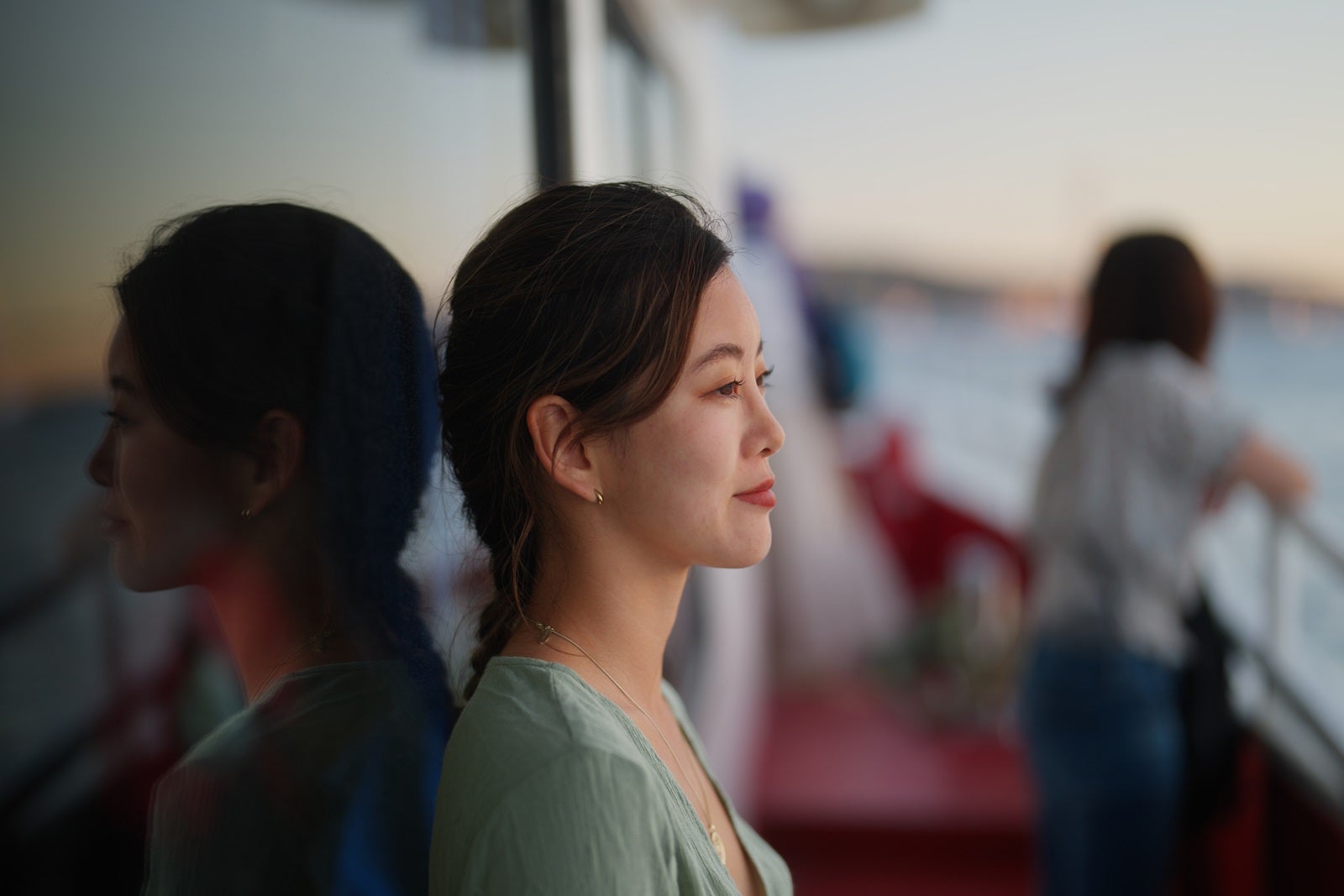
Unless you’re booked on an ocean-crossing voyage, your itinerary will offer several port calls on a regular cadence. This allows you to disembark and explore someplace new at least every second or third day (if not more frequently).
As for sea days, when you sail from one destination to the next, there’s so much to do on the ship that you won’t be bored. Plus, modern vessels are so large and stable that you’re unlikely to notice you’re at sea anyway. If you’re worried about having enough fresh air, there are plenty of outdoor spaces — pools, hot tubs, promenade decks, sports courts and more — that provide alfresco fun and relaxation.
Cruise ships are dirty and make you sick

Cruise ships have entire crews dedicated to keeping everything from galleys and cabins to public areas spic and span. You’ll often see them sanitizing elevator buttons and wiping down handrails throughout the vessel.
Cruise lines must adhere to strict cleanliness guidelines set forth by the U.S. Centers for Disease Control and Prevention as part of the agency’s Vessel Sanitation Program, which has been in place since the 1970s. Those guidelines outline items like proper food storage and cleanliness of galleys and public areas. Ships are frequently subject to unannounced inspections, and any score lower than 86 out of 100 is considered failing.
When you hear about outbreaks of illnesses like norovirus on cruise ships, it’s because, under the VSP, ships are required to report norovirus to U.S. authorities; other entities like schools, hospitals, nursing homes and restaurants — the most common breeding grounds for gastrointestinal illnesses — are not required to do so.
Passengers easily fall overboard on cruises

This one simply isn’t true. People don’t just accidentally “fall” off of ships. All outdoor decks, public areas and cabin balconies are outfitted with railings that come up to about chest height on the average person. If someone goes overboard on a cruise ship, it’s likely because they were drunk, climbing somewhere they shouldn’t have been or a combination of the two.
Cruises make you gain weight

One of the best parts of any cruise is the food. There are tons of options, which means you can almost always find something to eat at any time of day. However, just because it’s there doesn’t mean you have to eat it.
If you’re someone who watches their diet at home, and you want to stick to that during your voyage, it’s totally possible to eat healthy meals on a cruise ship. Salads are an option in almost every restaurant and at the buffet. It’s also easy to find basic grilled chicken, salmon and other lean meats.
If you have a special diet — low-salt, gluten-free, vegetarian or vegan, for example — cruise lines can easily cater to those needs with advance notice.
There are also fitness centers on board that are free to use. Or, you can simply walk a few laps around the promenade deck or jogging track and make a point to take the ship’s stairs instead of the elevators.
Cruise lines don’t care about the environment
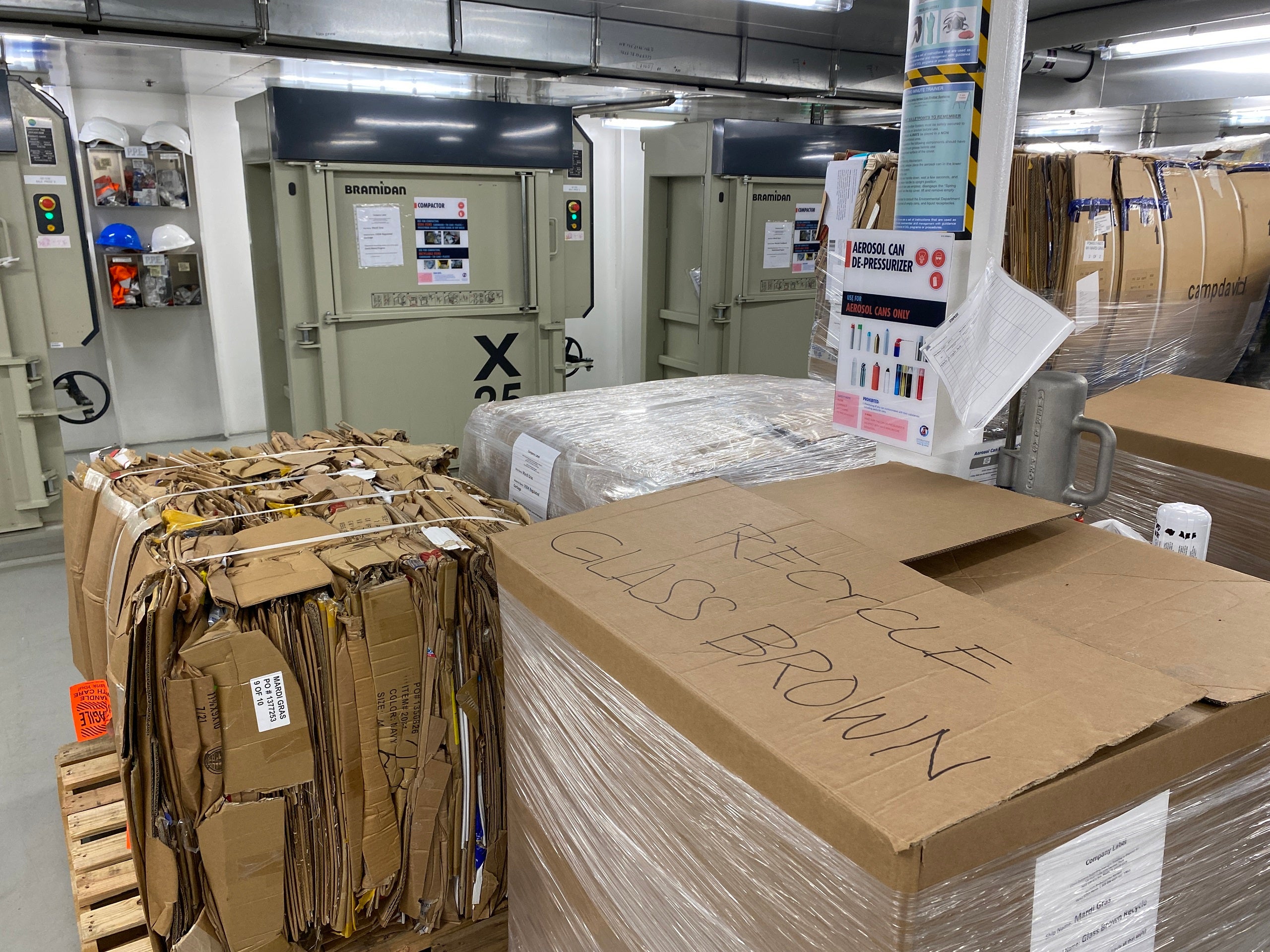
I would never argue that cruise lines are environmentally friendly, but that doesn’t mean they aren’t improving. In fact, all of the major lines have committed to reaching net zero carbon emissions by 2050. While that seems far away, all modern megaships have already been outfitted with smokestack scrubbers to filter particulates from the exhaust they produce. Also, the newest ships are being built to run on greener fuels, such as liquefied natural gas.
Meal portion and buffet plate sizes have been reduced to reduce food waste, and cruise lines have also largely scrapped single-use plastics like drinking straws and other single-use items. For example, sugar packets have been removed in favor of refillable shakers, and cereal dispensers now appear in place of single-serve boxes.
Below deck, ships are equipped with technology that allows them to carefully track engine and fuel efficiency and naturally break down food waste. Ships also sort, compact and, in some cases, incinerate their own recyclables. (The rest are offloaded for processing in port.)
Vessels produce their own potable water for use on board, and they clean both gray and black water so it can be safely released back into the ocean. Some ships can even run on battery power or stay in place using GPS systems instead of anchors, thereby avoiding damage to sea beds.
Some lines have taken further steps to support the areas they sail to by cleaning up entire islands filled with harmful chemicals, replanting native flora and designating protected areas to regrow coral. Still others charge passengers a carbon offset fee, which is used to purchase cloud forest acreage for preservation.
You have to dress up on a cruise
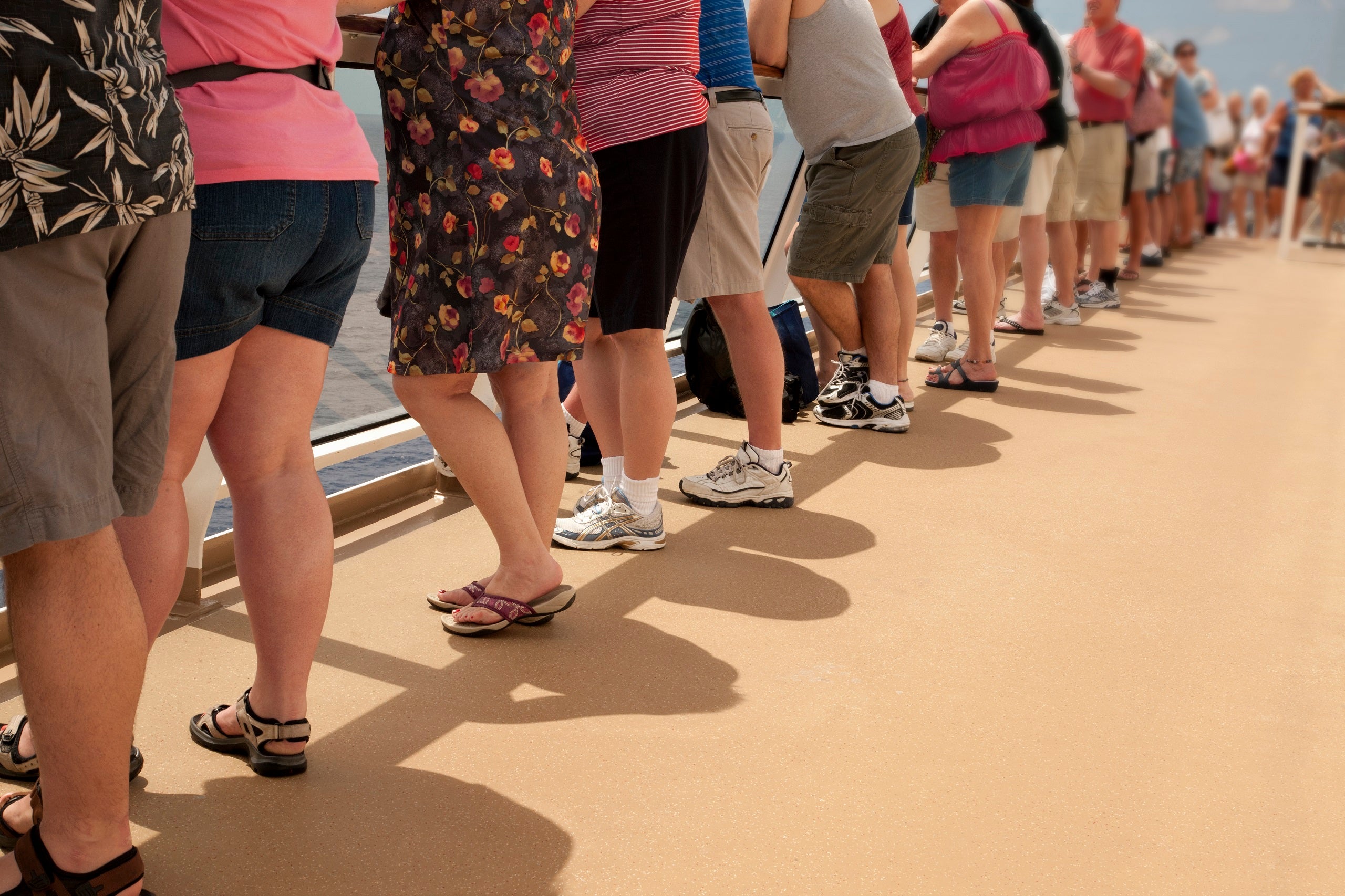
In the early days of leisure cruising, there were scheduled formal nights, and passengers jumped at the chance to put on their fanciest clothes and order lobster in the main dining room.
Although some modern cruise passengers still enjoy the experience, few cruise lines enforce a formal dress code.
On ships that do, passengers can simply dine in an alternative restaurant or at the buffet instead of the main dining room to avoid dressing up. Largely, though, cruise dress codes are casual; swimwear and cover-ups are totally appropriate during the day, and resort-casual attire is perfect for nighttime.
Cruises are loud, giant parties
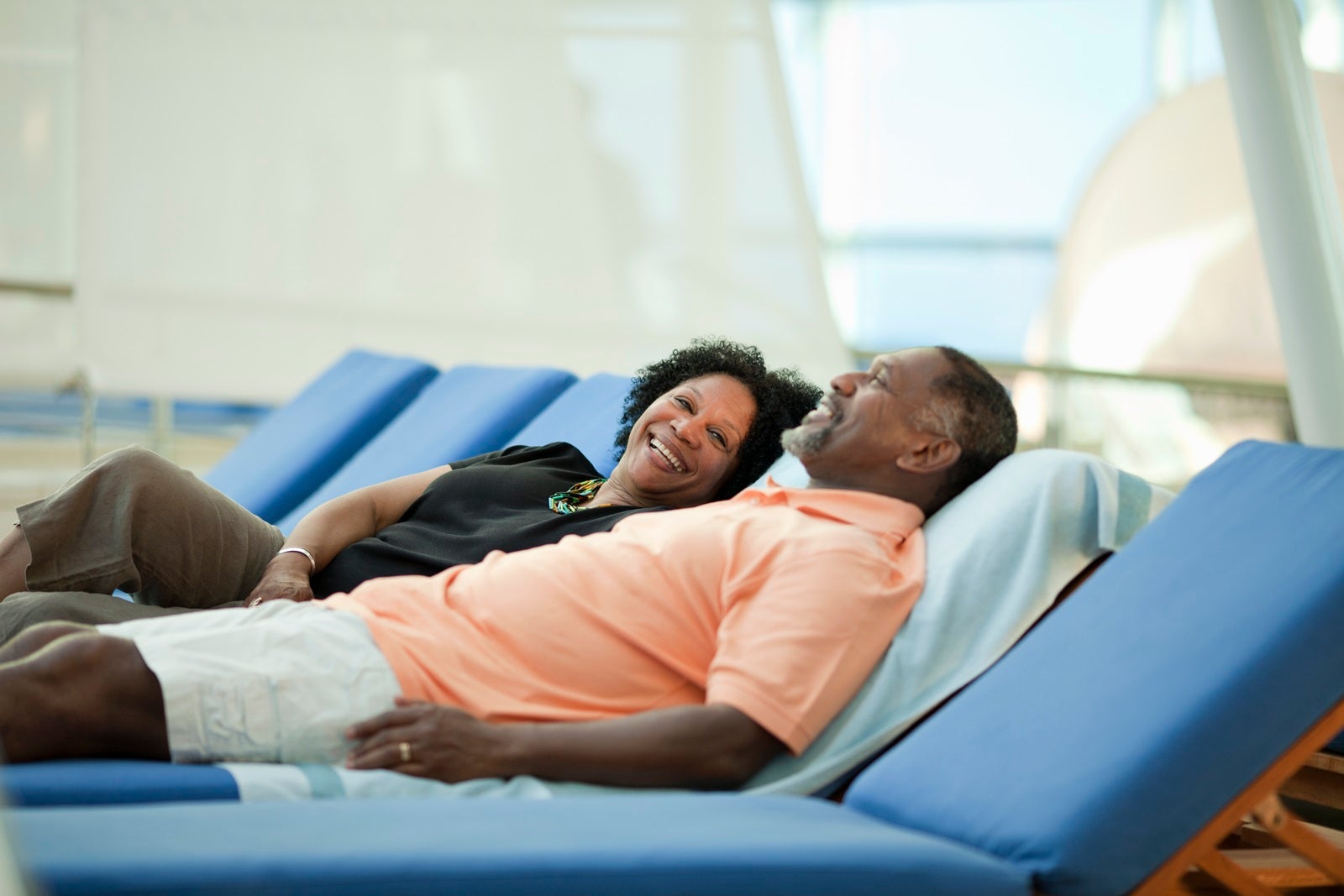
The rowdiness of your cruise depends on the ship, departure port and length of the sailing. If you select a short sailing on a megaship that leaves from a city known for partying, that might be what you get.
However, many ships — particularly older, smaller and more upscale ones — have quiet card rooms, libraries or lounges where you can retreat for some solitude outside of your cabin. Some ships also have adults-only pool areas that lend themselves to peace and quiet. There are even organized activities, such as afternoon tea or art classes, on many vessels that tend to be more subdued.
Keep in mind that the longer or more expensive the voyage, the less likely you are to be on board with a party crowd. For example, it’s not common to find anyone twerking in a nightclub at 1 a.m. on a luxury voyage, a river cruise or an expedition sailing.
Overall, it’s easy to avoid the floating frat party vibe — or to find it — if that’s your goal.
Cruising is for old people
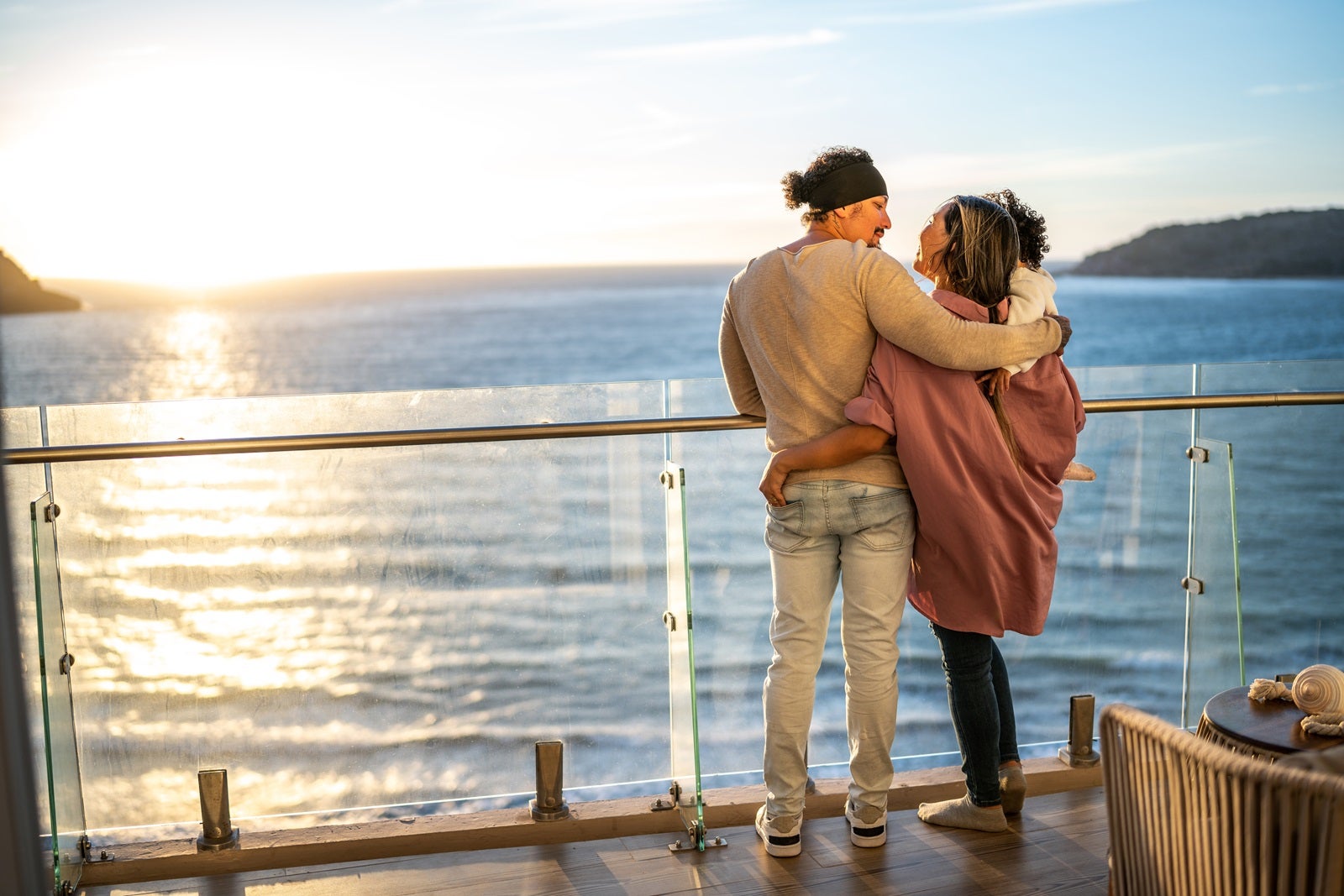
Decades ago, there was an adage that actually rang true at the time: Cruises are for the newly wed and nearly dead.
I do still see plenty of happy honeymooners during my sailings, but the average age of cruise passengers is now just 48 years old — down significantly in what used to be a 65-and-older market.
As onboard kids clubs offer more fun for children, families with young children have flocked to cruising. Child-free adults — particularly younger ones with less disposable income — have also realized what a great value cruises can offer.
Plus, with jaw-dropping amenities like waterslides, surf simulators, bumper cars, virtual-reality game rooms and even roller coasters, ships have ushered in a new era of passengers who, regardless of age, are less stuffy than they used to be.
You’ll get seasick on a cruise

Just because you’re prone to motion sickness in the car or on smaller boats, it’s not a given that you’ll be seasick on a cruise ship.
Often, the size of the vessel and the fact that it has stabilizers mean you won’t feel the motion as much as you might elsewhere. If you’re worried, book a cabin near the middle of the ship rather than far forward or aft. Also, make sure it’s not on one of the highest decks, where you’re most likely to feel movement.
Just in case, it doesn’t hurt to be prepared with some ginger candies, Bonine or Dramamine, patches or wristbands.
Cruise ships leave people behind
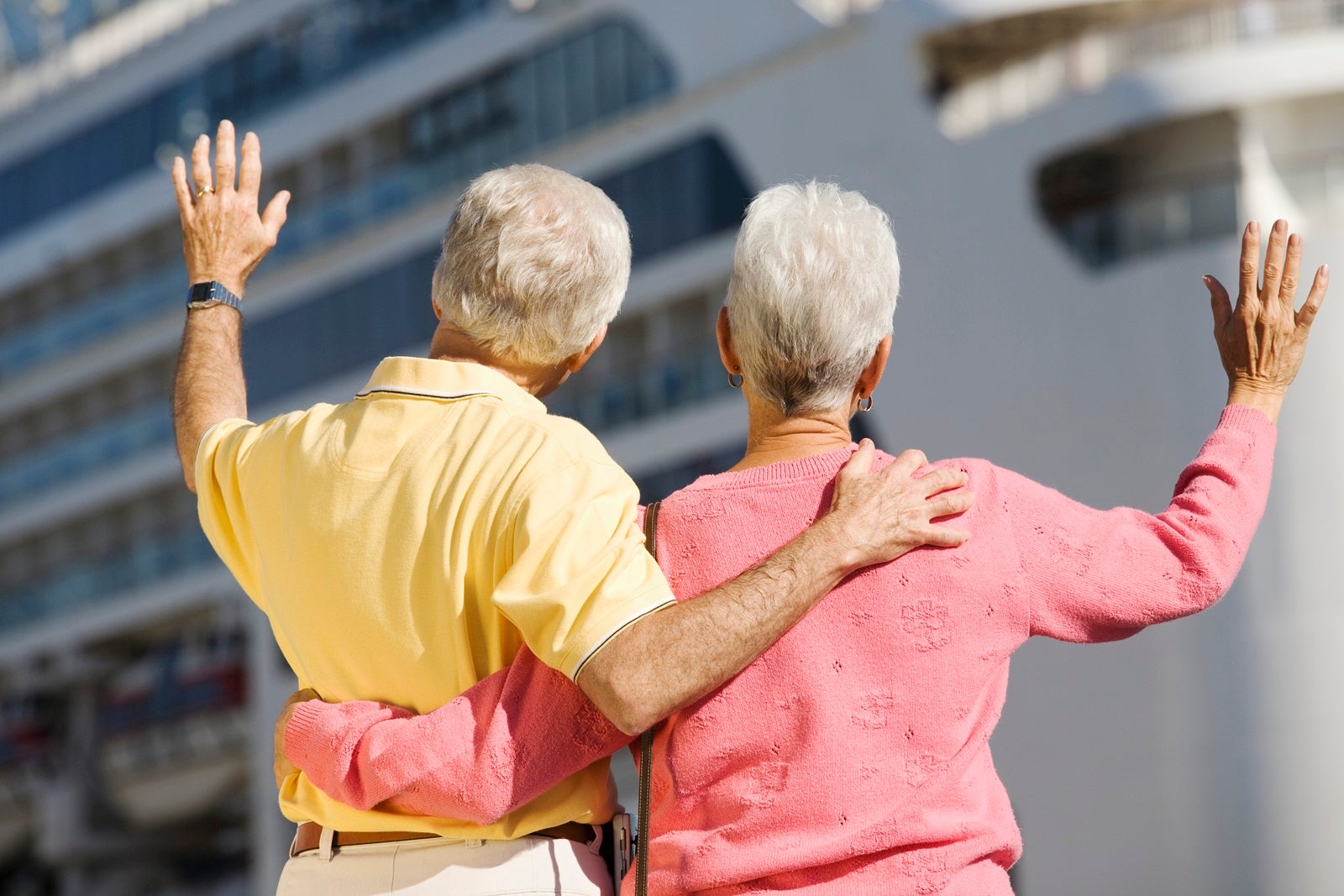
Although this can happen, it’s extremely uncommon. The only way your cruise ship will leave without you is if you fail to return by the all-aboard time, which is clearly announced and often posted in each port you visit.
Set your watch or cellphone to ship time, and know when you have to return. If you’re venturing out on your own without a ship-sponsored shore excursion, make sure you know your way back and that you leave enough time to get there.
Cruises are too expensive

Even with cruises selling at some of the highest prices ever, they’re still one of the most economical ways to travel. With accommodations, transportation, meals and entertainment included in one price, it’s an excellent value for vacationers on a budget who want to visit more than one place during their trip.
Sure, there are luxury voyages to exotic locales that can run into the tens of thousands of dollars, but there are also cruise deals to be had — including sailings that will cost you less than $100 per person per night.
Plus, you can save even more if you live within driving distance of a port, allowing you to avoid paying for flights.
Cruises are all-inclusive
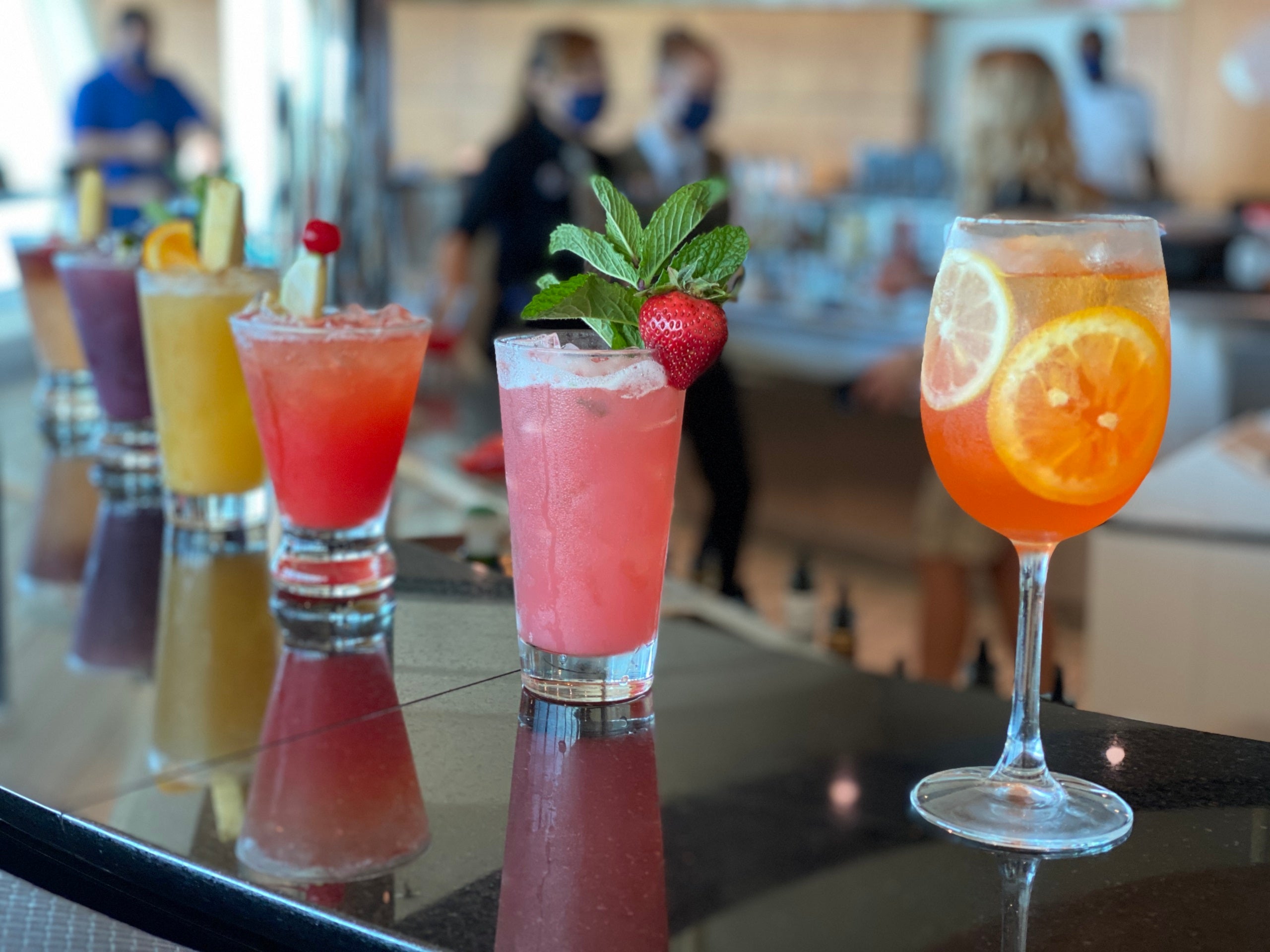
Not all cruises are created equal. Whether or not a cruise is all-inclusive determines whether or not it falls into the luxury category.
Mainstream lines like Carnival Cruise Line, Royal Caribbean, Norwegian Cruise Line, Princess Cruises, Celebrity Cruises, Holland America and MSC Cruises are not luxury. They do not include gratuities, Wi-Fi or anything but the most basic drinks in their cruise fares. Be prepared to pay extra for all of those and more when you sail unless you’re booked with a luxury cruise line.
Cruises aren’t ‘real’ travel

While cruise ships offer plenty of sea-day activities to keep passengers busy, vessels mainly serve as a means to an end by transporting you to the real stars of the show: the destinations.
You might only have a few hours in each port, but that doesn’t mean you can’t enjoy and appreciate the local food, culture and nature. Whether you opt for a ship-sponsored or independent excursion or strike out on your own for a day of exploring, the level of authenticity is really up to you and how you choose to spend your time there.
Plus, some cruise lines offer several-day pre- and post-cruise tours and overnights in port. Some even offer immersive after-hours activities — like nighttime visits to the Doge’s Palace in Venice or an exclusive symphony at St. Paul’s Cathedral in Wellington, New Zealand — that you won’t find elsewhere.
If nothing else, cruises are a great way to get a feel for a place to which you might want to return for a longer stay later.
Cruise ships can easily capsize
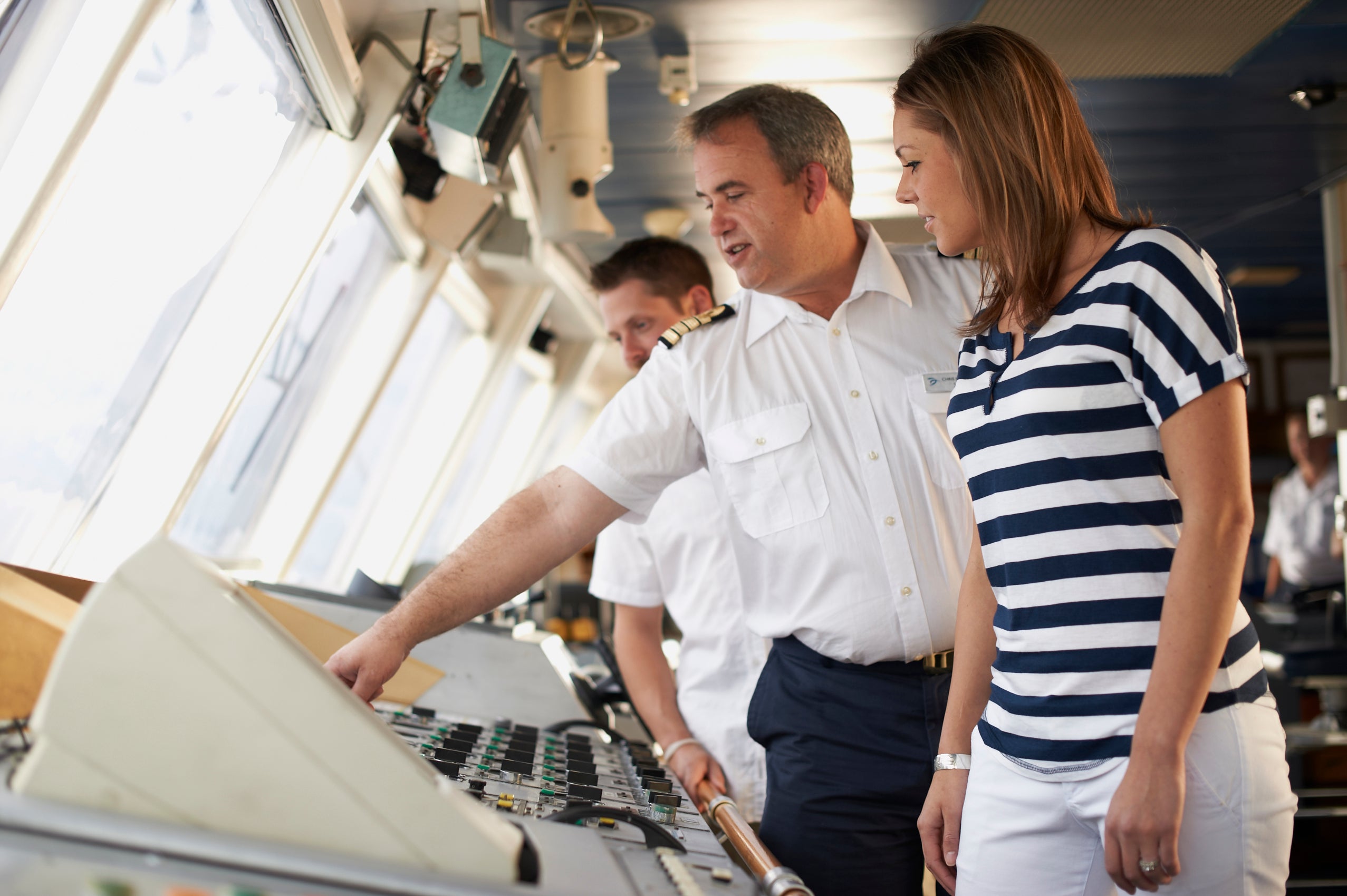
We’ve all seen alarming TikToks and Instagram reels of ships being hit by rogue waves or looking like bathtub toys as they bounce around in rough seas.
Modern cruise ships are equipped with the latest technology for weather tracking, and the captain and bridge crew are in constant contact with shoreside operations. This enables them to divert the ship as necessary to avoid hurricanes, other storms and general rough weather.
Rogue waves are unpredictable and can happen. However, they’re exceptionally rare and not something that should be at the top of your list of worries.
Cruise ships don’t have enough lifeboats
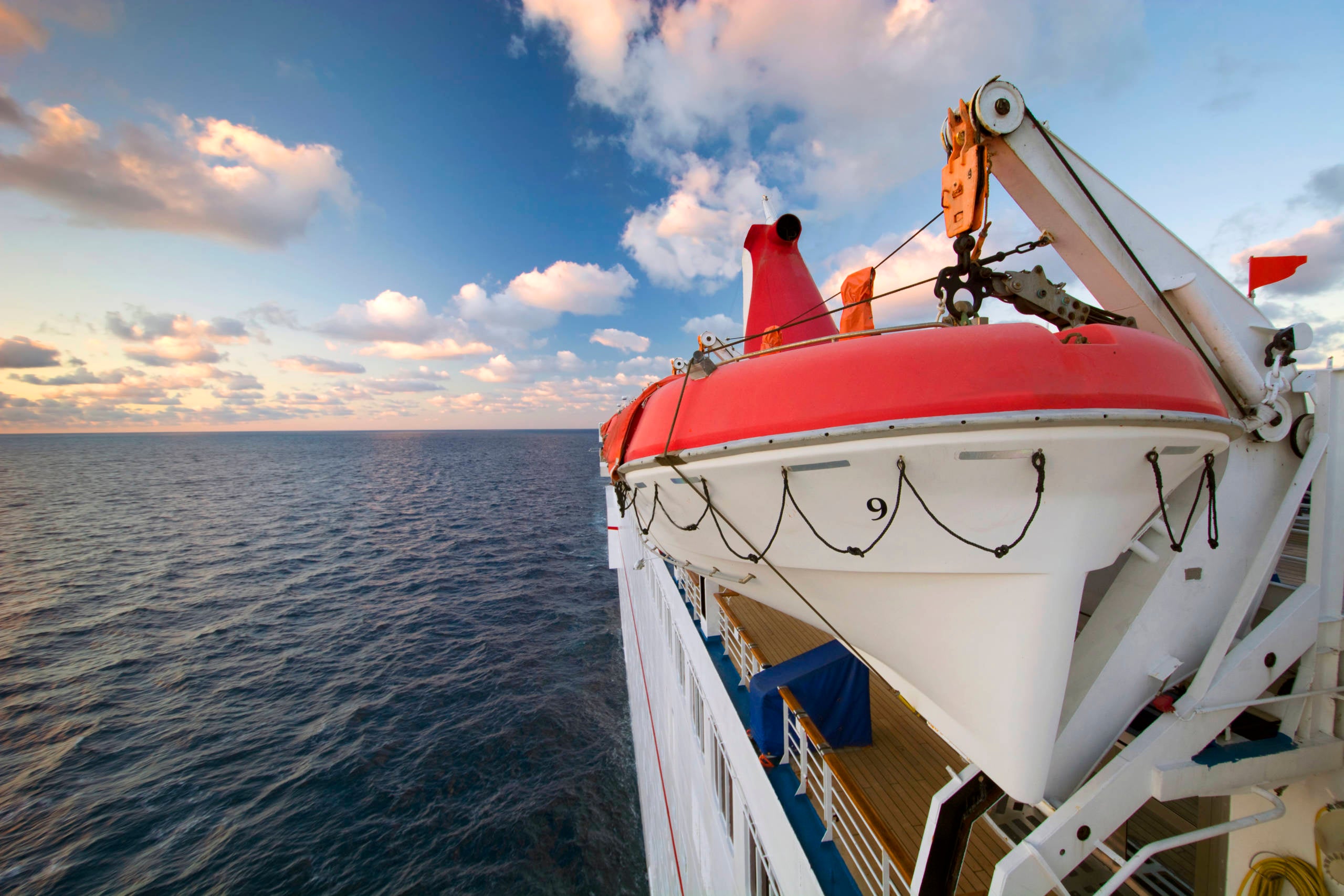
Following the sinking of Titanic in 1912, the international maritime community came together to create a series of regulations for cruise ship safety, known as Safety of Life at Sea. Those regulations require all cruise ships to have more than enough lifeboats or rafts to accommodate every person on board.
Additionally, all passengers must complete a muster drill before their cruise sets sail so they know what to do and where to go in an emergency. Life jackets are also provided for every passenger, including specially designed and sized models for children and pets.
Bottom line
Most of the common cruise tropes you’ve heard through pop culture and the reports by news outlets that aren’t cruise experts are either untrue or outdated. If you’ve allowed them to stop you from cruising, perhaps it’s time to reevaluate.
Cruises aren’t for everyone (and that’s OK), but don’t let some of the more ridiculous cruise myths keep you from setting sail.
Have cruise questions? TPG has answers:
- Packing for a cruise? These items aren’t allowed on board
- What is baked Alaska, and why is it paraded around cruise ships?
- What are the largest cruise ships in the world?
- Gentlemen hosts: These men cruise to make sure single ladies have a great time
- What is the Jones Act and how does it impact cruise ships?
- What is a lido deck on a cruise ship?
- What’s a cruise cabin guarantee and will it save you money?
- What’s the difference between a cruise ship concierge and a butler?




